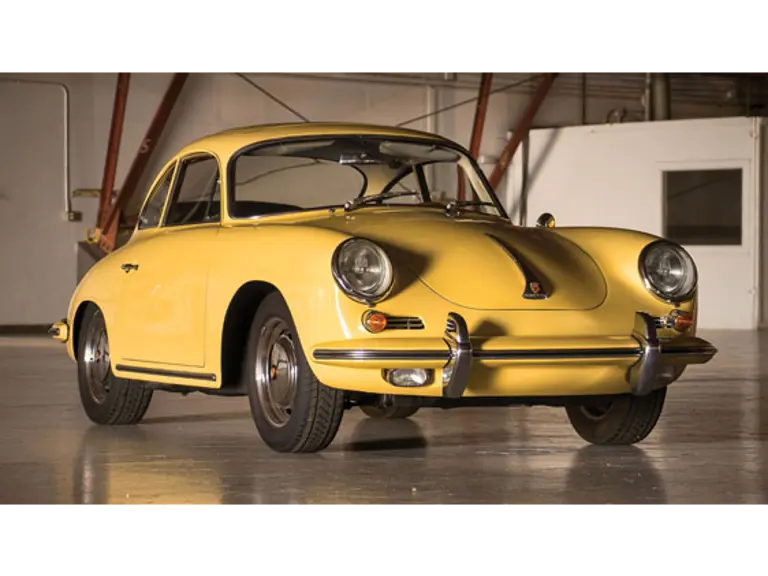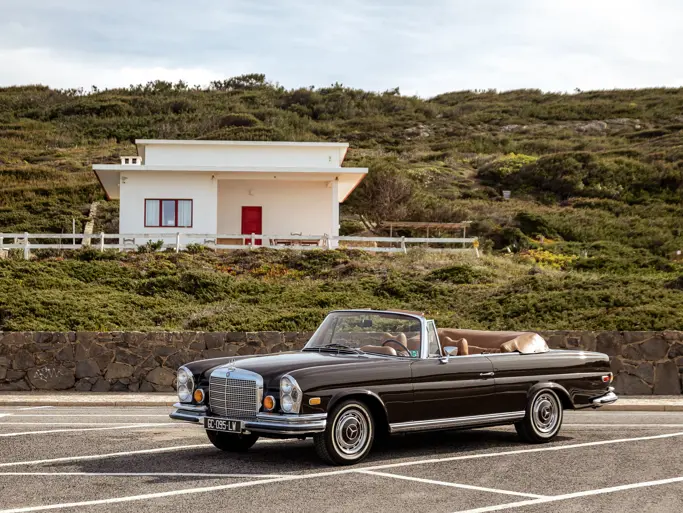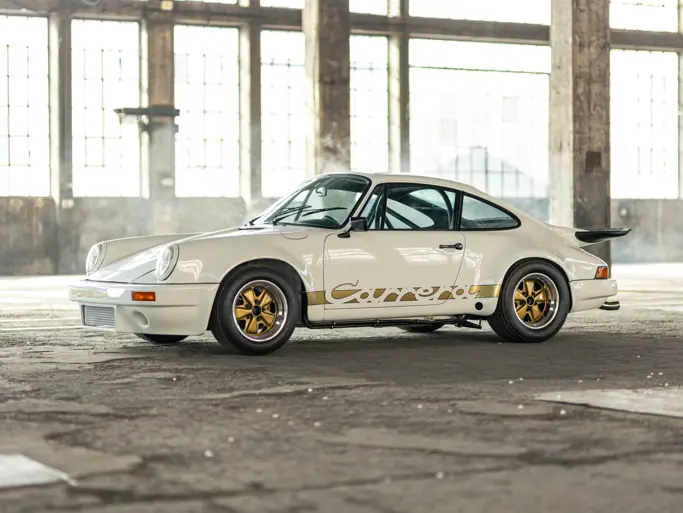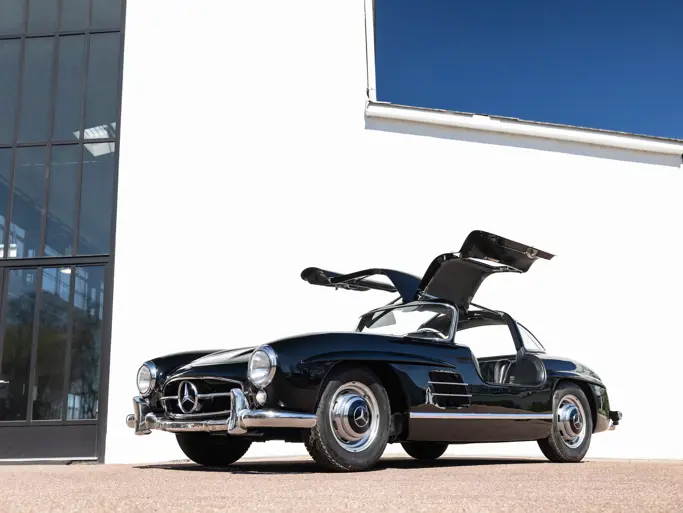Porsche for many years has been known to shun annual model changes, but not significant engineering advances. The latest advancements for 1964 included race-tested disc brakes, the first disc brakes that would meet the high Porsche standards. In period, esteemed automotive author Ken Purdy was a primary source for information as the American public became increasingly familiar with the European imports. When writing about the latest 1964 Porsche, Purdy shared the following; “You can stamp on Porsche brakes all the way down the mountainside and they’ll stop you straight and sharp when you hit flat country. You sit there, secure in the car’s fade-proof brakes, fantastic acceleration, thought-quick steering. In this amazingly roomy little car, cradled in big bucket seats, you can, with small effort, believe that the seat of your trousers is a part of the automobile. No automatic transmission is as fast as the butter-smooth Porsche transmission. Driving used to be fun, but it’s a bore now – for most people, driving most cars. Not for the Porsche driver though.”
That is why it was (and still is) commonplace to see so many people sitting sideways to the steering wheel, or steering with their wrist, the hand draped over the wheel or running with the left hand hanging out of the open window or grasping at the roof. You almost never see a Porsche driver who looks bored; mainly because the car is fast and responsive enough that driving can be a source of constant amusement, a diversion, a recreation, a pure source of pleasure. The Porsche driver of 1964 was not motoring down the road piloting the latest “land yacht” that proclaims a dreamed-up name in the studio. Even 50 years ago it was noted that if you drove a Porsche; you drove an aristocrat, a thoroughbred machine with a lineage that dated back six decades and more, almost to the invention of the automobile. Porsche has spent their years developing fantastic competition cars so you can have fun driving to work or purely for the entertainment of the open road.
The 356 was the first mass-produced car to bear the Porsche name and enjoy the worldwide success that would make way for the introduction of the company’s ultra-successful 911 model in the mid-1960s. Under the leadership of Ferry Porsche, the son of the company founder and patriarch, development initially relied on Volkswagen components. Unibody construction was paired with a four-cylinder, horizontally-opposed engine, resulting in a light, relatively quick, and tremendously enjoyable sports car.
Evolution and sales success came quite quickly. Max Hoffman, importer extraordinaire, exposed the entire American market to the virtues of Porsche performance and engineering, establishing a devoted following for the various 356 iterations, particularly the Speedster, for which he is largely credited. To Hoffman, even the showroom must make the proper statement about the cars he was selling. That was attained with a small, yet theatrical auto showroom designed by Frank Lloyd Wright at 430 Park Avenue, at 56th Street, which displayed a large number of European brands handled by Hoffman over the years.
After the end of 356B production in July 1963, the 356C was introduced as the final version before the introduction of the 911, which finally arrived on the U.S. market for the 1965 model year. However, besides the revised hubcaps and Ate (made under license by Dunlop) four-wheel disc brakes, changes were rather minor.
This 1964 Porsche 356SC is driven by a 1,582-cc, 107-hp (SAE), 95-hp (DIN) air-cooled horizontally-opposed four-cylinder engine that is paired with a four-speed manual transmission. The Porsche has undergone a nice restoration to a condition considered as show or driver level, and it is a very well optioned, beautifully restored, rust-free long time California car. It was delivered to California new and had been in the hands of the previous owner since 1976. This Porsche is a rare Sunroof Coupe, which is perhaps the ultimate specification and configuration for the prudent collector.
It is reported to have its original body panels, with solid floors and panel alignment, plus the bodywork is also conveyed to be “exceptional,” with very good fit and finish. The paintwork is of a high quality, in the original color, and the panels are extremely straight. The chrome is very good, and the lights and lamps are excellent. The wheels are date-code matching and are beautifully chromed. The engine is equally impressive, having been cosmetically refinished during the restoration. It is well-detailed, with the correct decals and small details, like the correct and original oil filter housing. As well, this Porsche features a recently rebuilt stock transmission. The car is a pleasure to drive, as it has a wonderful coherent feel and excellent performance from all of its mechanical systems.
With Porsches, there is no argument about its comfort, quality and excellent performance. And one would look a long time before finding a sports or GT car that offers more pure driving enjoyment.



 | Santa Monica, California
| Santa Monica, California


